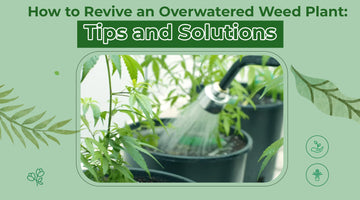
Hydroponics is a method of growing plants without soil, in a nutrient-rich water-based solution. This innovative approach to farming is becoming increasingly popular due to its many advantages over traditional soil-based methods.
Hydroponics is an ancient technique, with evidence suggesting that the Hanging Gardens of Babylon were grown using a form of hydroponics. However, it was not until the 20th century that hydroponics became a widely used agricultural method.
Hydroponics systems can vary widely in size and complexity, from small-scale hobby setups to large commercial operations. The basic principle remains the same: plants are grown in water with added nutrients, which are delivered directly to the roots.
There are several benefits to hydroponic farming. Firstly, hydroponic systems use much less water than traditional soil-based farming, making them more environmentally friendly. The water in a hydroponic system can be reused, reducing waste and conserving resources. Secondly, hydroponic systems can be set up in a wide range of locations, including urban areas and areas with poor soil quality, making it possible to grow fresh produce in areas where traditional farming may not be viable. Finally, hydroponic systems can be highly productive, producing larger yields than traditional farming methods.
There are several different types of hydroponic systems, each with its own advantages and disadvantages. Some of the most common types include:
-
Deep water culture (DWC): This is one of the simplest hydroponic systems, and involves suspending the plants in a nutrient-rich solution. The plants are supported by a raft or floating platform, and their roots are submerged in the solution.
-
Nutrient film technique (NFT): In this system, a thin film of nutrient solution is continuously pumped over the roots of the plants, which are supported by a sloping channel.
-
Ebb and flow: Also known as flood and drain, this system involves flooding the growing area with nutrient solution, and then allowing it to drain away. The plants are supported by a growing medium, such as perlite or coconut coir.
-
Aeroponics: In an aeroponic system, the plants are suspended in air, and their roots are misted with a nutrient solution.
-
Drip irrigation: This is a relatively simple system, in which nutrient solution is dripped onto the plants' roots from above.
Hydroponics is a rapidly developing field, and new innovations are being made all the time. Some of the most exciting new developments include the use of artificial intelligence to optimize growing conditions, and the use of vertical farming techniques to maximize space efficiency.
Hydroponics has the potential to revolutionize the way we think about agriculture, providing a sustainable and efficient way to produce fresh produce all year round. Whether you are a hobbyist looking to grow your own herbs and vegetables, or a commercial farmer looking to increase your yields and reduce your environmental impact, hydroponics has something to offer.





